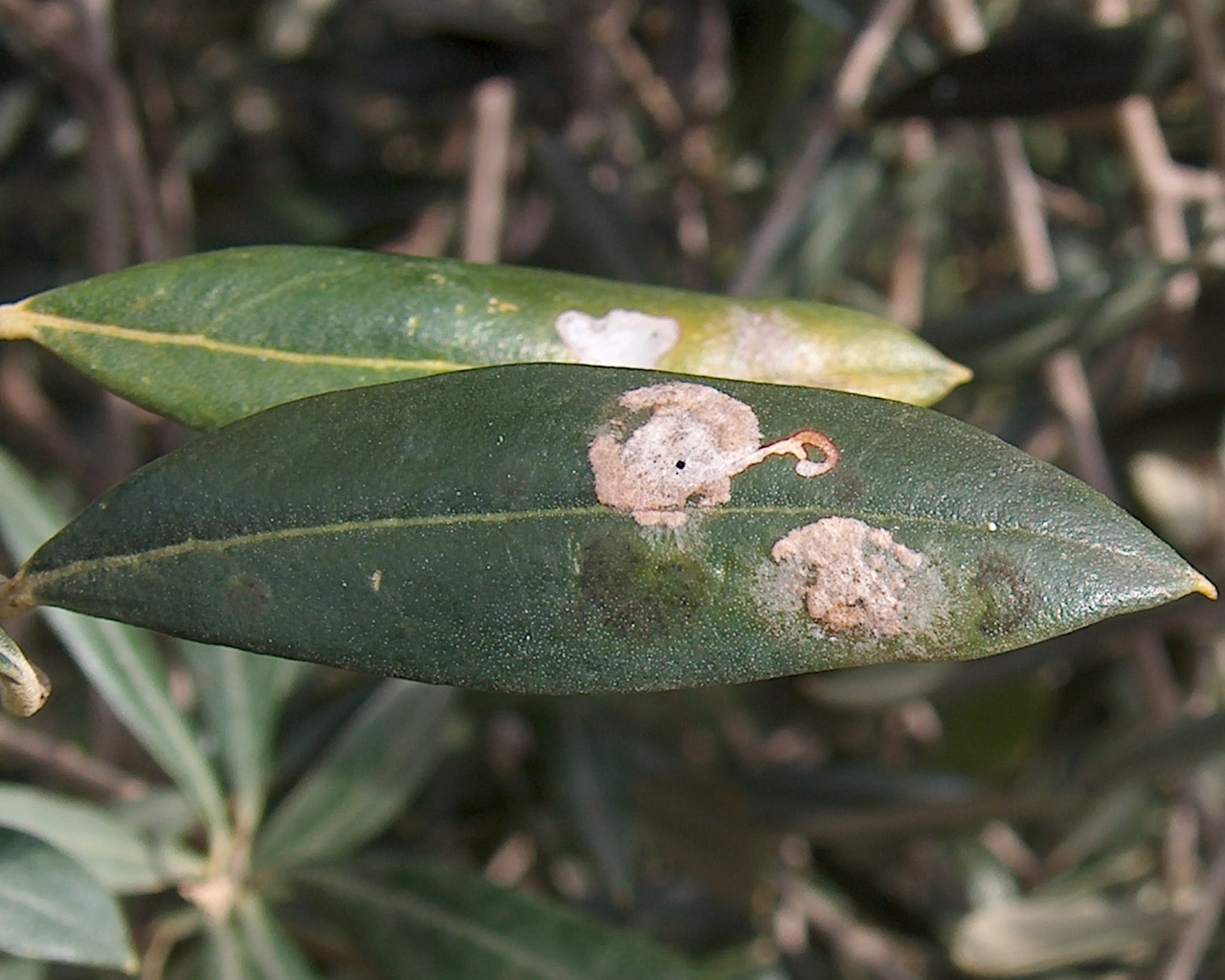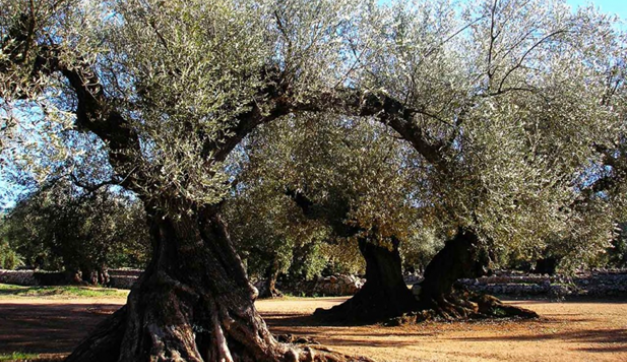OLIVE Farmers in Cordoba have warned that a ‘never seen before’ plague of leaf-eating moths could spell disaster for next season’s harvest.
The Union of Ranchers and Farmers in Andalucia (COAG) has been monitoring closely the levels of the Pray Oleae moth during this past winter’s picking season.
The COAG warned the Andalucian Phytosanitary Alert and Information Network (RAIF) directly of the potential havoc these increased levels could cause to the September harvest.
Known as the Olive Moth, the Pray Oleae, or more specifically its larvae, feed on the leaves of the Olive tree, stemming its ability to regrow and eventually killing it.
Once fully hatched, the Pray Oleae feeds on the flowers of the olive tree, damaging its reproductive organs.
As a final swan song, in laying its eggs, the moth chooses the ripened fruit to incubate the future generations.
This causes the fruit to drop early, a possible benefit during the June blooming, but potentially catastrophic during the September harvest.
Inclament weather during this past winter has been the primary factor of the moths resurgence, damaging up to 40% of the trees throughout the province.
Rainfall during the prime spraying season has left many acres of trees unprotected against the insect.

Farmers are being urged to treat their crops as soon as possible before the eggs can mature as the eggs can only dry out if the temperatures reach above 35C.
The farmers’ concerns come as the olive growing regions are engulfed in olive pollen, causing one of the largest allergy seasons in Spain.
As spring firmly sets in across Spain’s campo regions, millions of allergy sufferers have braced themselves for months of sneezing, running eyes and coughing fits.
The Spanish Aerobiology Network has hoped that this year, high temperatures and reduced rainfall will shorten the allergy season which is expected to begin easing early June.
Click here to read more News from The Olive Press.








